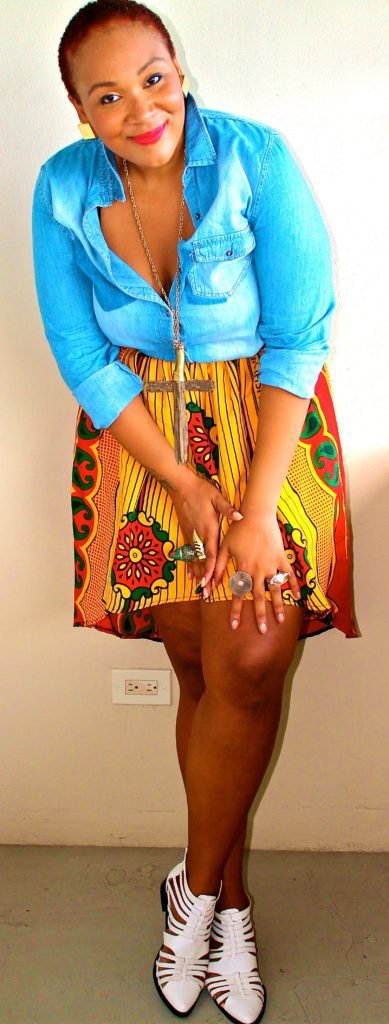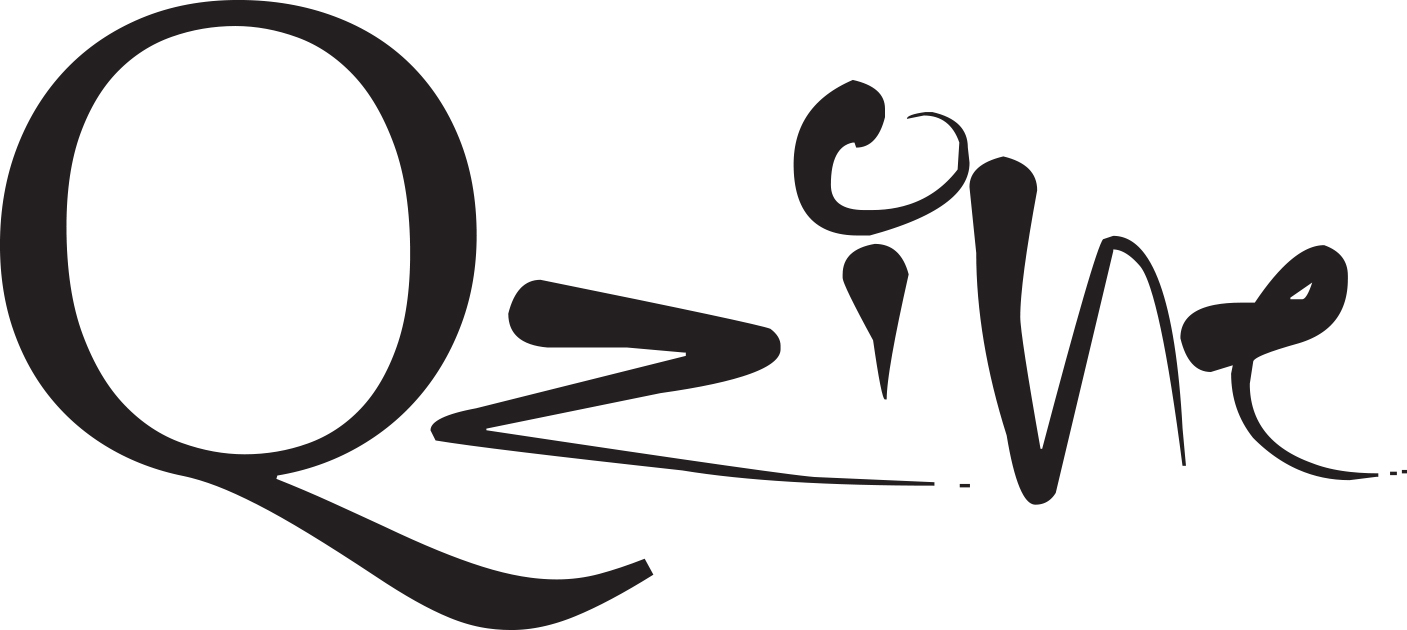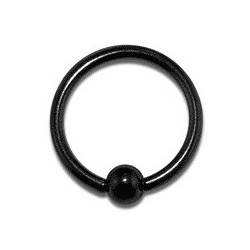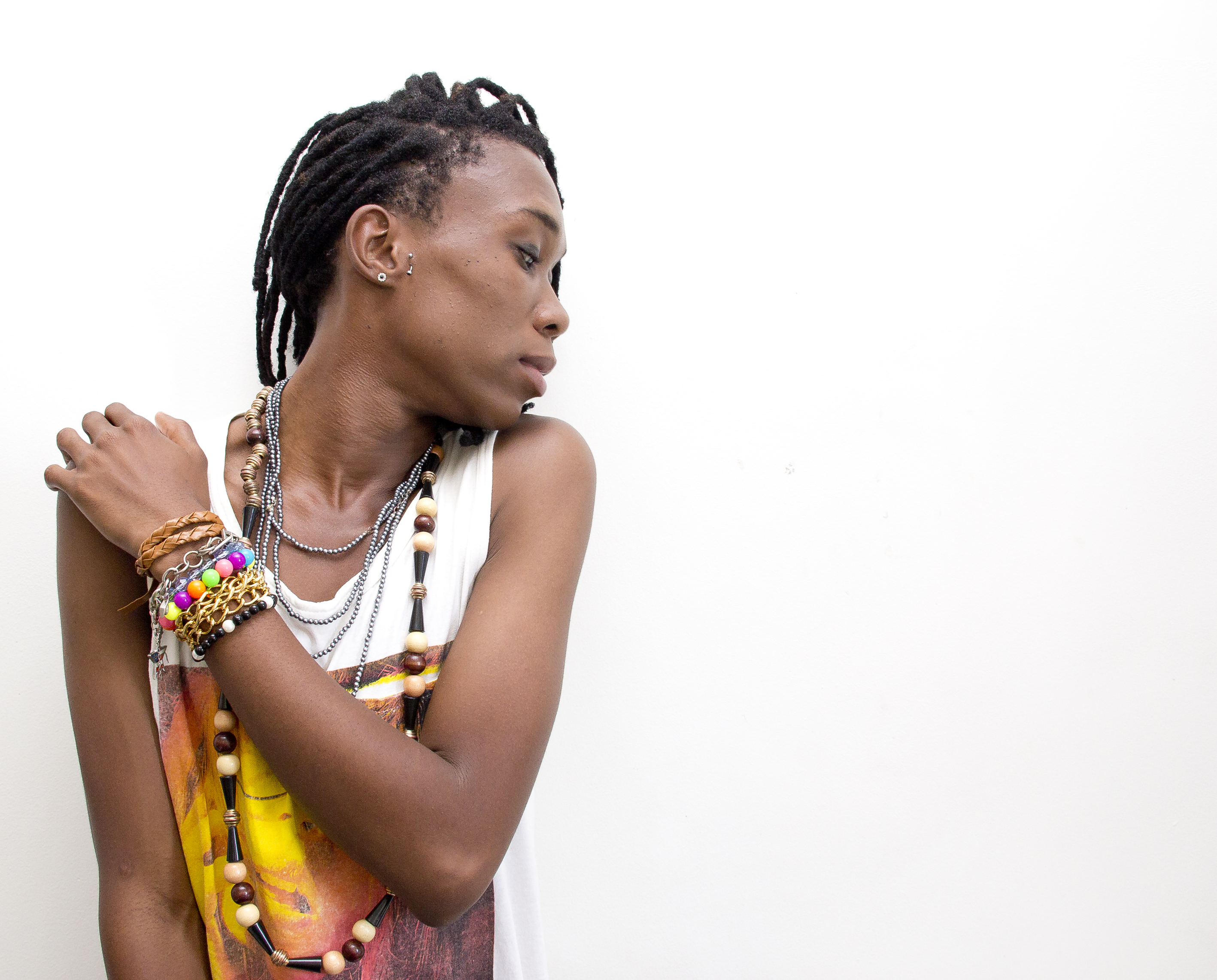Feminism, Fashion and the Politics Adornment
By Amina Doherty
My existence is not about how desirable you find me. – Warsan Shire
I have always loved dressing up. When I was much younger I would sit on my mother’s bed and watch in admiration as she would get dressed up. I’d watch intently as she lined her eyes with black kohl and as she accessorized her latest outfit with beaded belts and leather bags and she always smelled like essential oils and fresh woody musk.
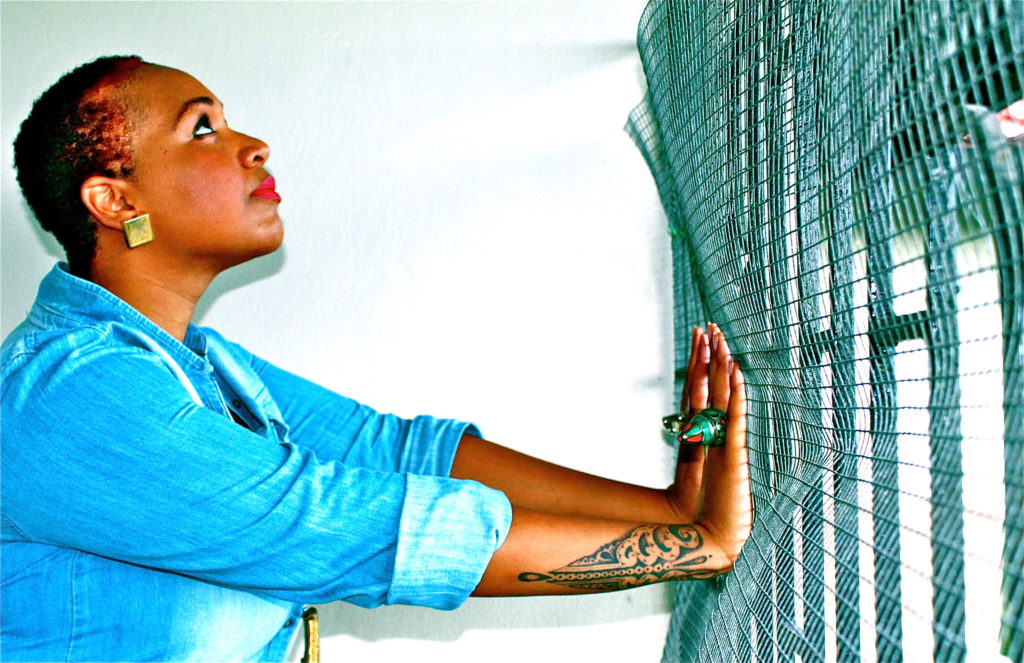
My mother’s sense of style always appeared effortless and it didn’t matter whether she was wearing a beautifully embroidered African boubou or jeans and a t-shirt she always (in my eyes) looked so incredibly chic. “You have to feel good about yourself” she’d say. “Dress how you feel, and feel how you dress. Create your own style baby! Make your own rules!” When all the other girls my age found shoes in what I’d been told were ‘regular’ women’s sizes – my mother would take me to the ‘men’s section’ and convince me that I was the flyest of them all in my brown leather loafers and super fly sandals.
I have to admit that growing up I never imagined that I would ever publicly declare my love for the two f-words so openly – ‘feminism’ and ‘fashion’. While I have always claimed my feminism, I shied away from embracing my love for fashion. Much of my discomfort with coming out of the closet as a ‘feminist fashionista’ has been out of fear that I would not be taken seriously or that I would be deemed “frivolous”. I would often feel ashamed and embarrassed to admit that I loved clothing and style as much as I did – particularly in feminist circles at university. I found myself struggling to reconcile my love for bright mini skirts and red lipstick with questions about whether I was performing for heteronormative patriarchal desires. Was I really getting dressed up because I thought men would desire me (I didn’t think so) or did I just really really love that new shade of purple eyeshadow? How could I love fashion but address my own growing concerns around the very real political and economic consequences of a mainstream (globalized) fashion industry predicated on capitalist consumerism? How could I talk about my sense of style in the backdrop of a fashion industry that promotes very dangerous and unrealistic representations of women’s bodies including my own. The tensions were real!
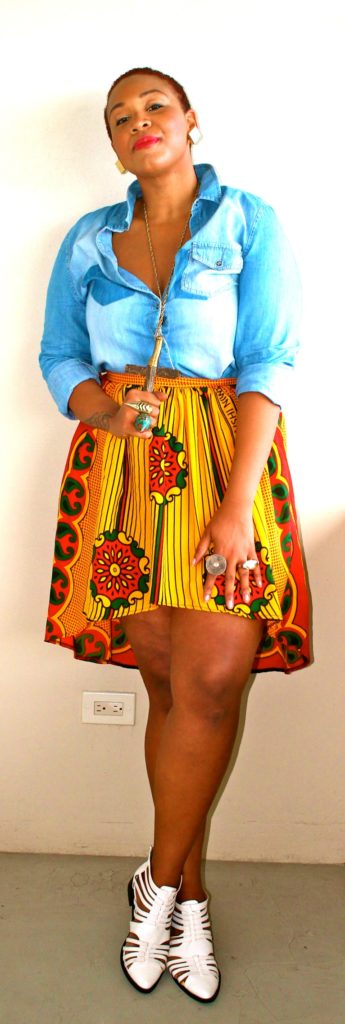
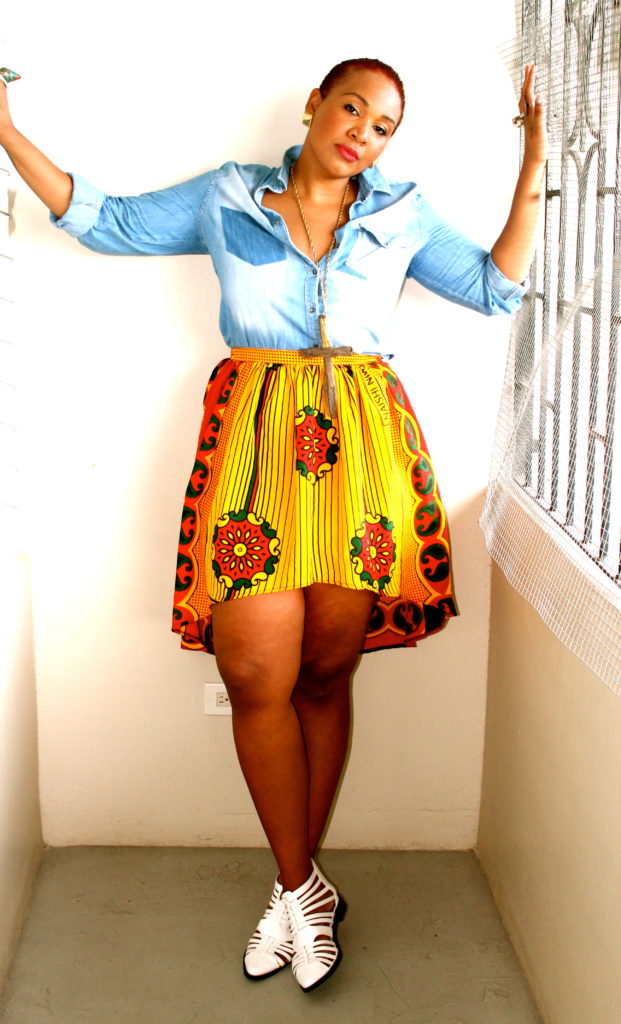
Over the years, I have become more comfortable talking about my love for fashion as part of my own self-expression and I have come to recognize that it is virtually impossible to ignore what assistant professor at Cornell and fashion blogger Min-Ha T. Pham calls “…[one of the] most ordinary and intimate of acts – that of getting dressed”.[1] In my activism, I have come to more clearly recognize the value of talking about and questioning the gendered, raced, and sexed codes associated with the seemingly simple act of getting dressed. Whether we refer to the murder of Trayvon Martin in the United States and the narrative formed around his hooded sweatshirt, or the heartbreaking commentary about Rachel Jeantel’s body or even the transphobic and homophobic violence that claimed the life of 17 year-old Dwayne Jones in Jamaica for his decision to don “women’s clothing” we see that what we wear and the ways in which we adorn our bodies are deeply meaningful and political.
Today, I think of myself and the way I get dressed – what many would consider a frivolous waste of time – the application of brightly colored powders brushed gently across the lids of my eyes, or the varied shades of red, pink, purple, mauve, and gold that adorn my lips on any given day. The thing about this seeming frivolity is that it functions as both my form of self-expression and is in many ways my own artistic offering to the world. As I have gotten older and have come to more confidently define myself as an artist, I have realised that my love for fashion is intrinsically tied to my love for art. I view my body as my own artistic canvas.
I am drawing, painting, designing, writing, loving, liking – recreating myself, for myself. I am paying artistic homage to the parts of my body that the mainstream media have tried to encourage me to despise – the rolls in my waist, the dimples in my thighs, the full roundness of my belly, the thickness of my arms, my shoulders adorned with stretchmarks…
When I line my wrists with big sparkly bangles, when I show my intricately designed tattoos, when I expose my shaved head dyed in whatever color feeds my fancy, and when I cover my skin with a mix of fabrics, colors, textures and patterns I am creating narratives about who I am and how I feel in the world. I am indicating that I am alive. In the ways I choose to present myself to the world, I am using my body’s voice to validate my existence, to claim my rebellion, to create my art.
Through my sense of style I am telling stories about myself that I perhaps may never speak viva voce – but that I may wear brightly, exuberantly, truthfully, unashamedly.
Beyond art however, adornment and my sense of style has become part of my own self-care routine, a daily rite, a meditative practice – it is my own self-discovery. When I wake up in the morning and decide how I will style or express myself I am engaged in a process that seeks to celebrate and embrace my femininity (which historically we’ve been told to control). I am creating a space for myself wherein I can admire and revere the fullness of my own Black. Woman. Body. I am creating a space where I am subject and object of my own desire.
We exist in a world where Black women’s bodies are contested spaces, where our fashion and style choices are heavily policed, where we are told what to wear, how to wear it, for whom to wear it, how much we should cover (or uncover), how much we should spend — how to ‘be’ everything but ourselves. We exist in a world that privileges thin, white, heterosexual bodies. So like my feminism, my politics of adornment are a critical part of how my race, class, gender and sexuality intersect. My feminism is about having the personal freedom to choose how I represent myself. My ability to express myself on my own terms is my attempt to return ‘the gaze,’ to push back, to style myself for myself. As I seek to own and affirmatively claim my identity, my body, my creativity… and ultimately my ‘self’, I feel incredibly powerful and beautiful and free. And this is where I feel most strongly moved. Recognizing that my means of creative expression, can come to function as a form of embodied activism. I wear whatever I want, however I want, whenever I want.
My adornment is my armor, my art, my survival strategy, my self-acceptance, my transgression…my voice.
Photos: Chalanie S. (Red. Gold. Irie).
Clothes: The Skirt is by CHiCHiA London
The shirt & shoes are River Island Men’s Collection
[1] Pham, Min-Ha T. “If the Clothes Fit: A Feminist Takes on Fashion” <Accessed Online> http://msmagazine.com/blog/2012/01/17/if-the-clothes-fit-a-feminist-takes-on-fashion/
